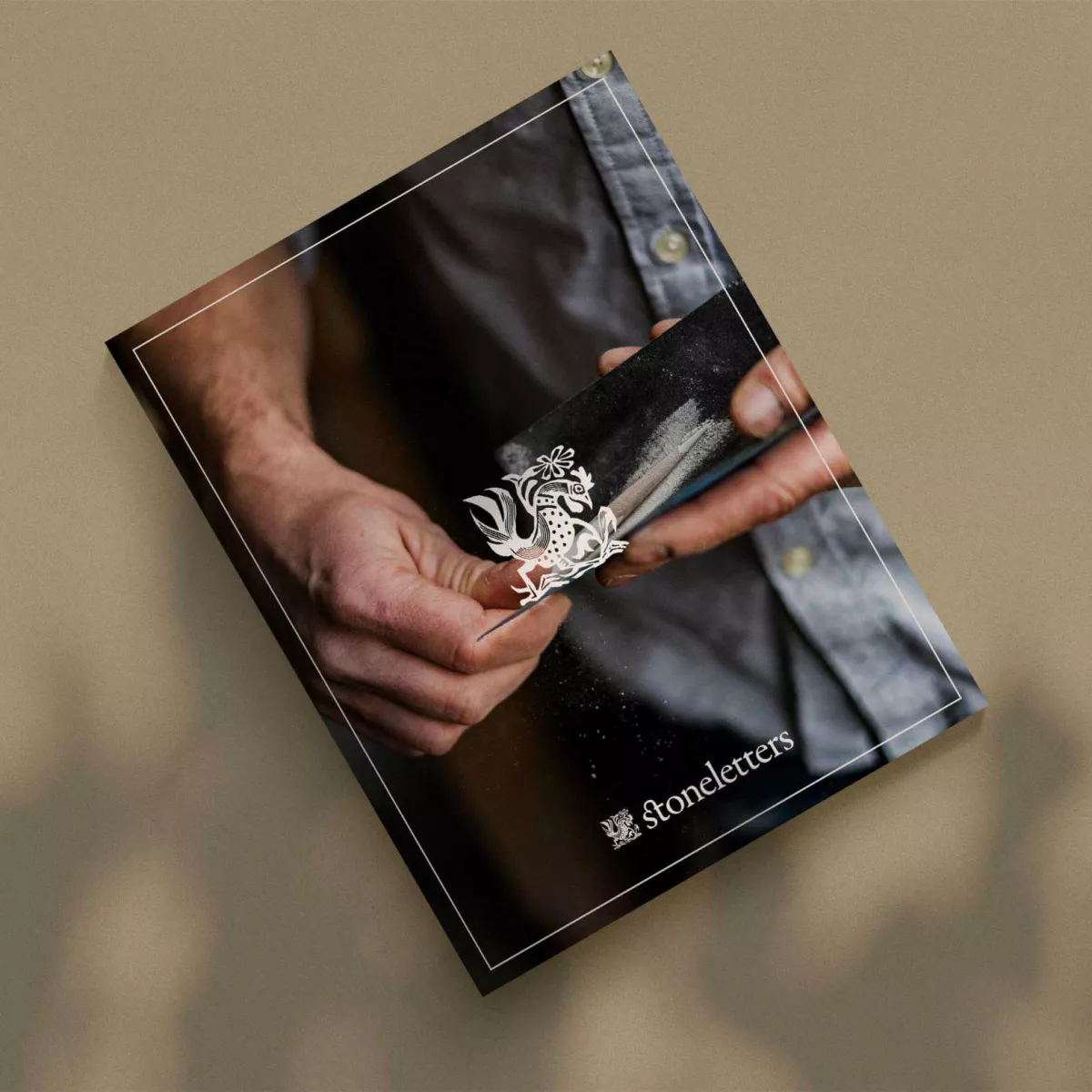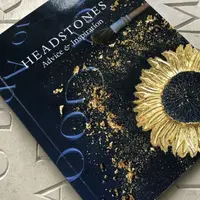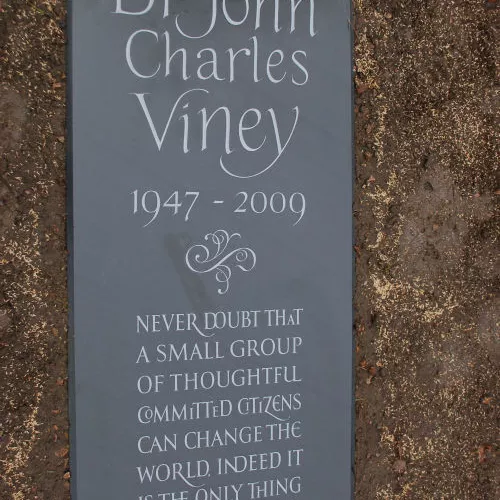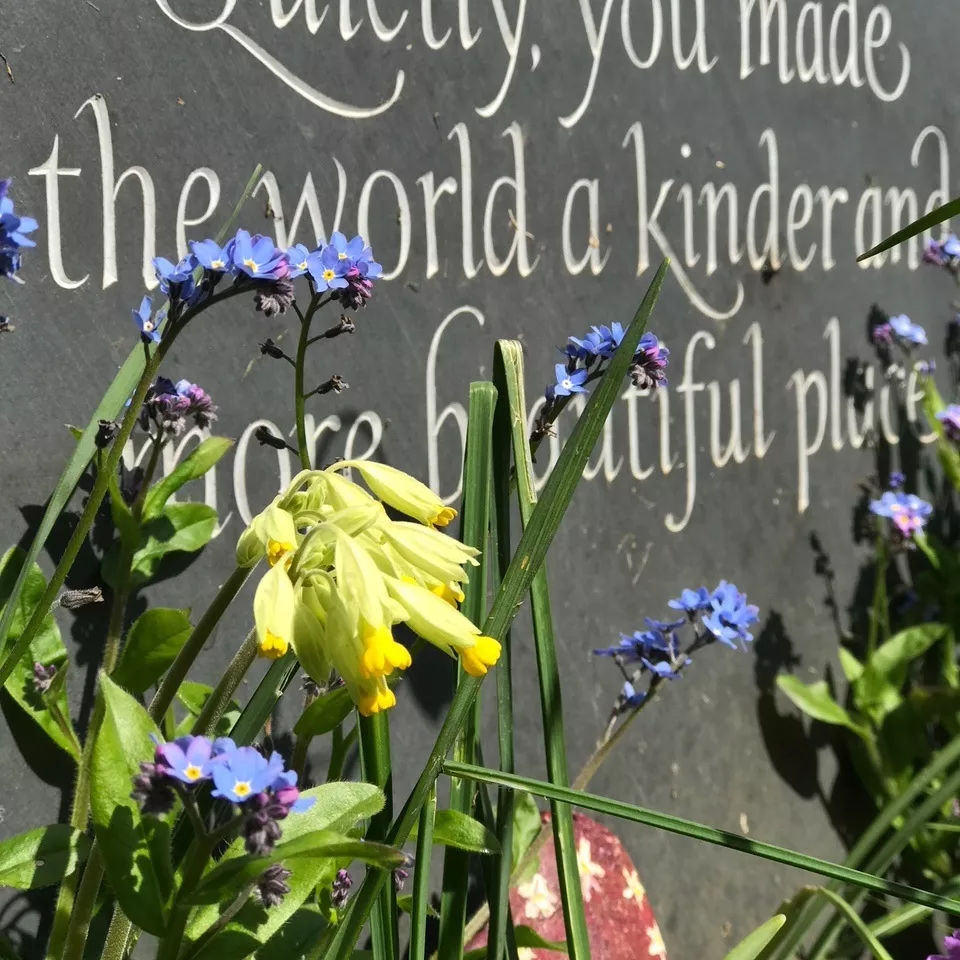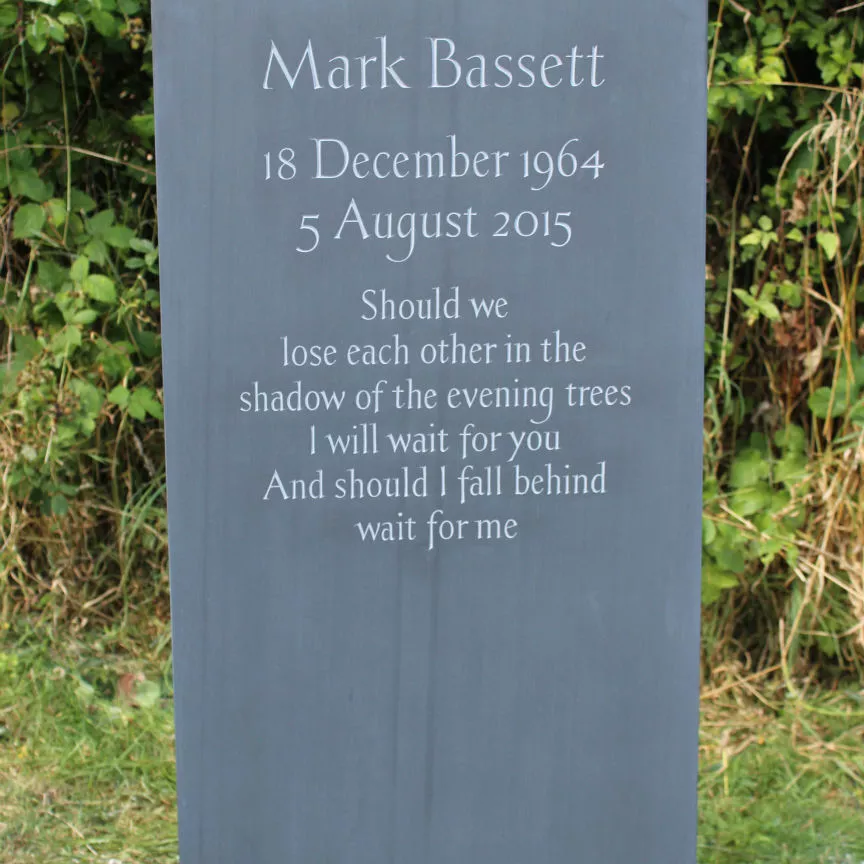By using this website, you agree to our privacy policy
×Do you put a maiden name on a headstone?
Should I include the maiden name on a headstone? This is a frequently asked question, and considering the answer has lead me to think that perhaps we should do so more often.
By Hannah Wessel
People often ask if they should include the maiden name on the headstone. A maiden name is the surname a woman uses before she is married after which she usually takes her husband's surname.
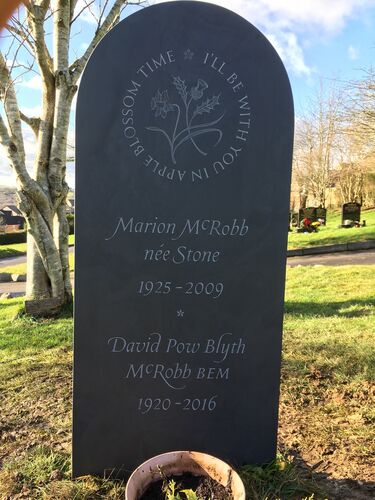
There are no hard and fast rules about putting a maiden name on a headstone. We find that the inclusion of a maiden name is requested in only a small number of our commissions. It is often included when the woman’s family was quite prestigious or well known. However, I think adding a maiden name should be considered, especially if there is plenty of space on the headstone.
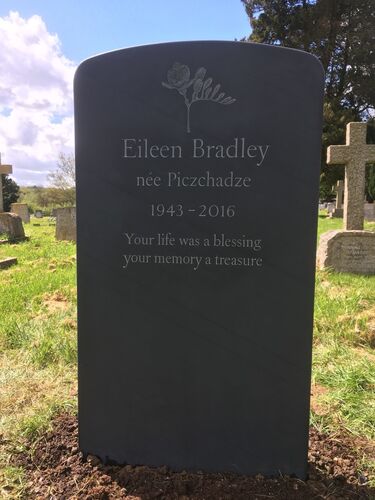
Main considerations:
1.Was the maiden name of particular importance to the deceased? For example, did they use their maiden name for their work?
2.Was the maiden name an important part of their heritage? Was it an important family name?
3.Would the deceased have wanted others to be able to find out about their family history in future?
4.Does the stone allow plenty of space to add the maiden name?
5.Will you use the prefix nee or b.? Sometimes people also include the maiden name in brackets.
Most churchyards require that the first and last names are included on a headstone, but some cemeteries do not have such strict rules and from time to time we are asked to only include the first name. This beautiful and simple inscription has a real impact:
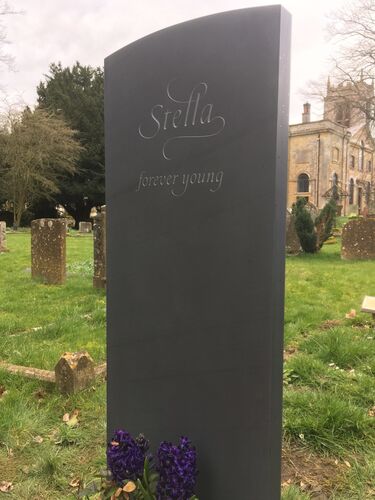
When the maiden name is included convention is to include the prefix nee (with accent over the first e) or b. which is a matter of personal choice. The prefix nee derives from the French “naitre” and means “to be born”. It indicates the birth name of a woman who has taken her husband’s name after marriage.

Interestingly if you visit a churchyard in Scotland you will find that most women are buried under their maiden name. This is because even to this day, married women in Scotland are legally known by their birth name, their married name being treated as an alias. In fact, until fairly recently, married women in Scotland continued to be known formally by their original surname after marriage.
Diana Tibert wrote an interesting article reminding me of the importance of the maiden name in researching the family history of a woman. Without the maiden name, finding out about their history can be difficult, and when researching important things such as genetically inherited conditions, it would be so helpful if the maiden names had been included on old gravestones.
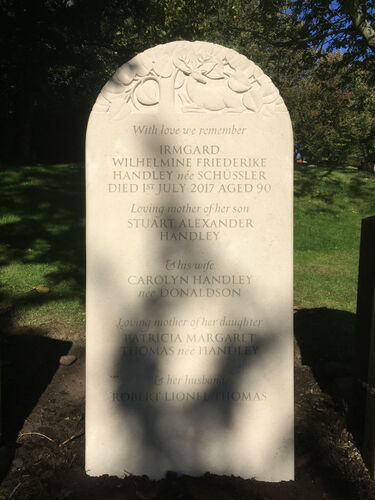
In the UK a woman seems quite content to surrender her original identity, and we do it without much thought or consideration, but having read the article it has made me reflect on my roots and how I might like to be remembered. Perhaps adding my maiden name in a tastefully designed inscription in italics for example, would be a nod to my past and to my history, and may help others in future should they be interested in my family tree.
We often include a middle name, but perhaps the maiden name is in many ways more important from a genealogist’s perspective, so perhaps we might consider sacrificing a middle name for a maiden name.
The loss of a woman’s maiden name was a result of English Common Law, which decreed that from the 14th century, a woman lost any legal identity after marriage, being “subsumed under that of her husband as feme couverte”. She sacrificed her name. Although law has since changed in England, the practice of a woman taking her husband’s name persists in most marriages.
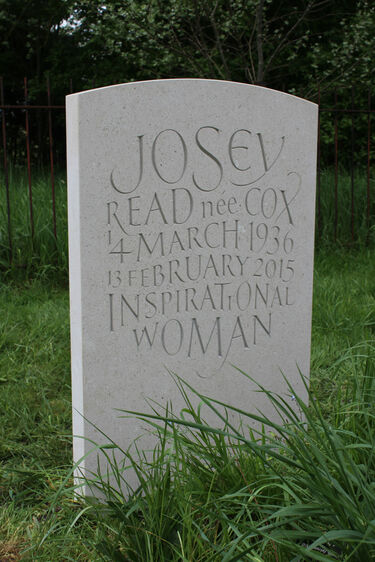
Interestingly in Shakespeare’s day, a woman would be described as “Mistress X” followed by her husband’s name. This was then shortened to “Mrs”.
I digress somewhat from the original blog title but researching this topic has awakened the feminist in me and made me ask why we do not put maiden names on headstones more frequently.
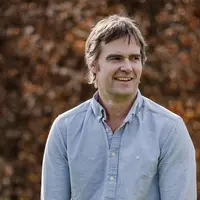
Fergus Wessel
Designer and letter-carver
Fergus created Stoneletters Studio in 2003, after training at the Kindersley Workshop. He is a member of the prestigious Master Carver's Association.


Request our free booklet today
- © 2026 Stoneletters
- Legal notice
- Privacy policy
- Disclaimer
